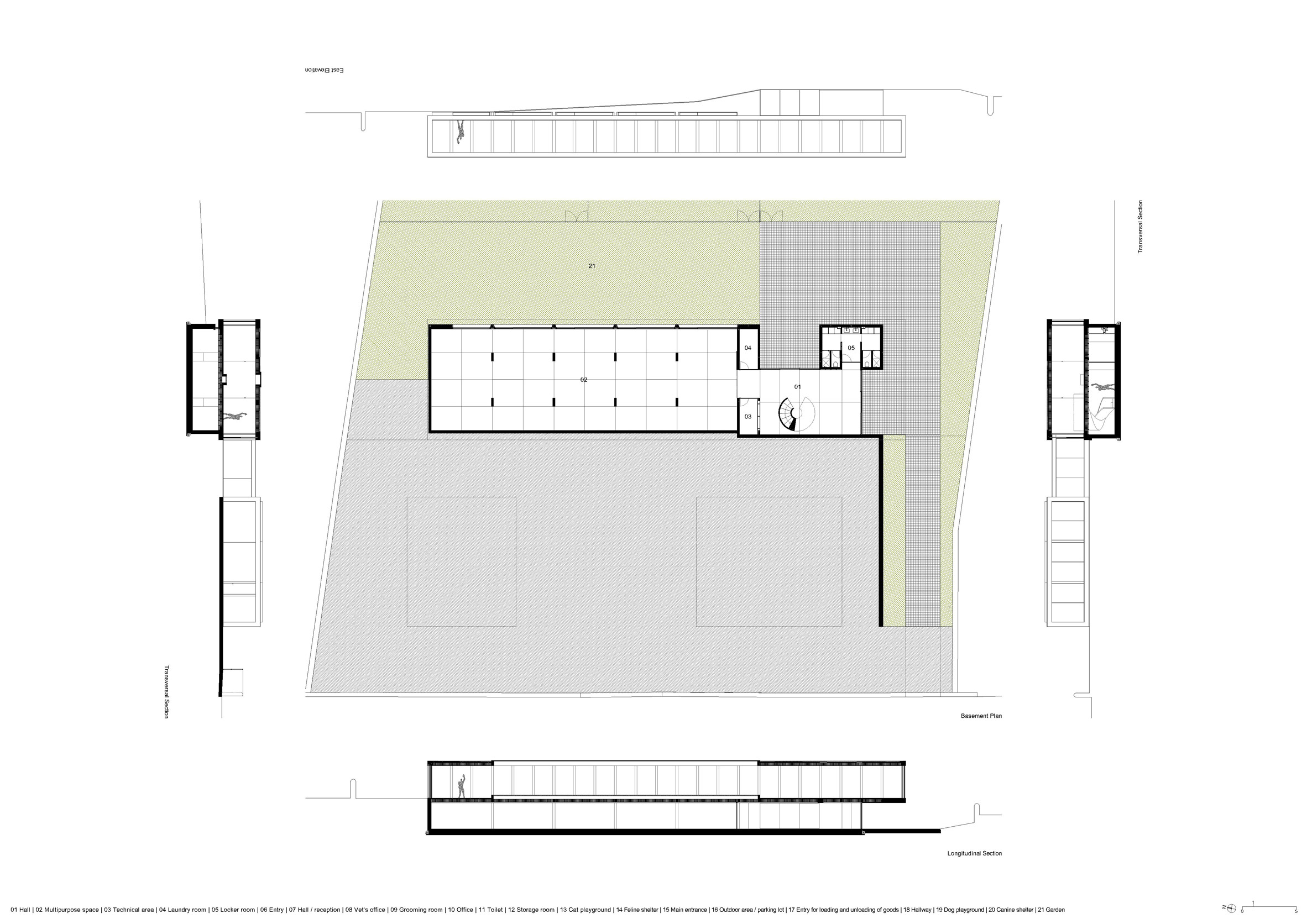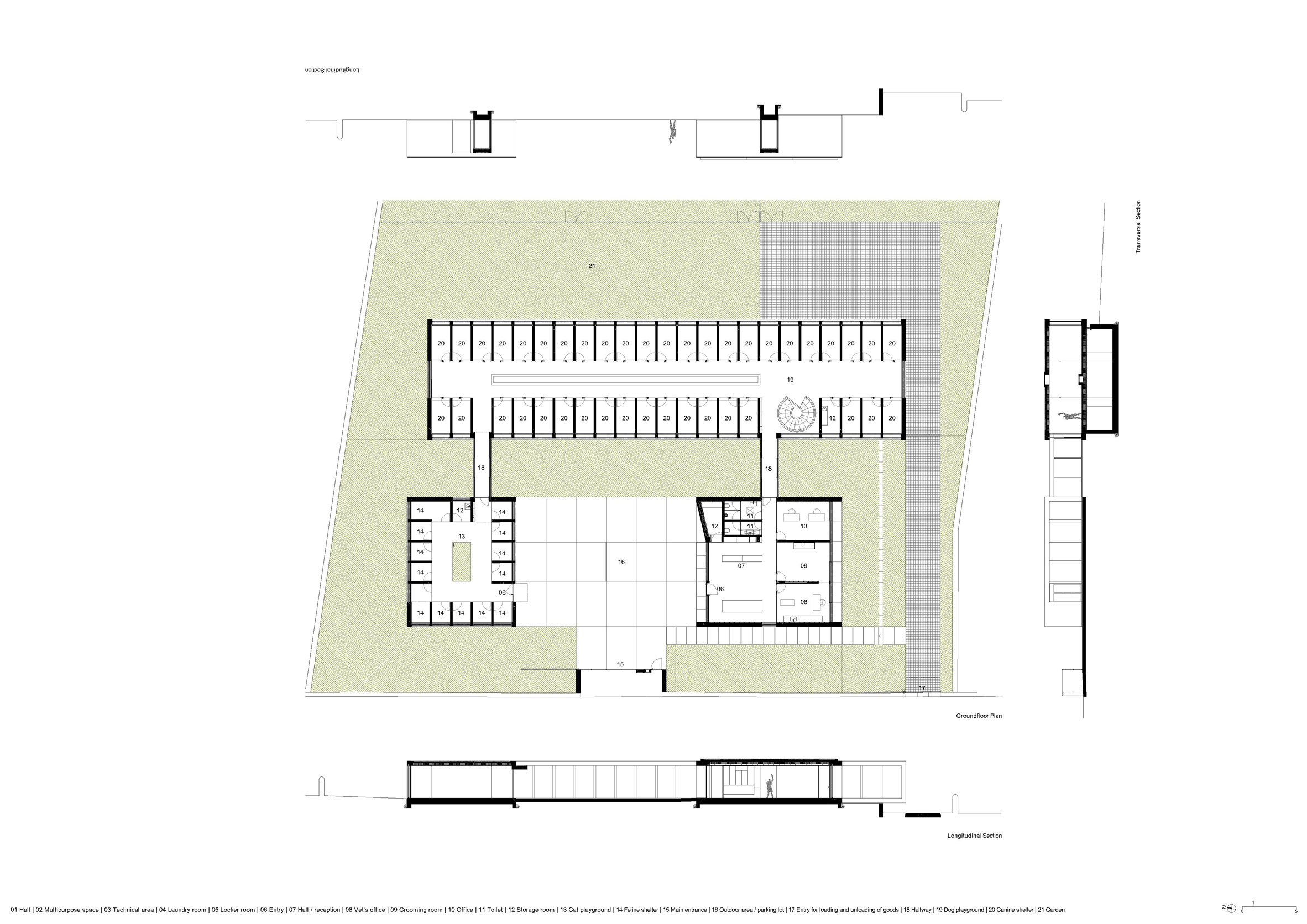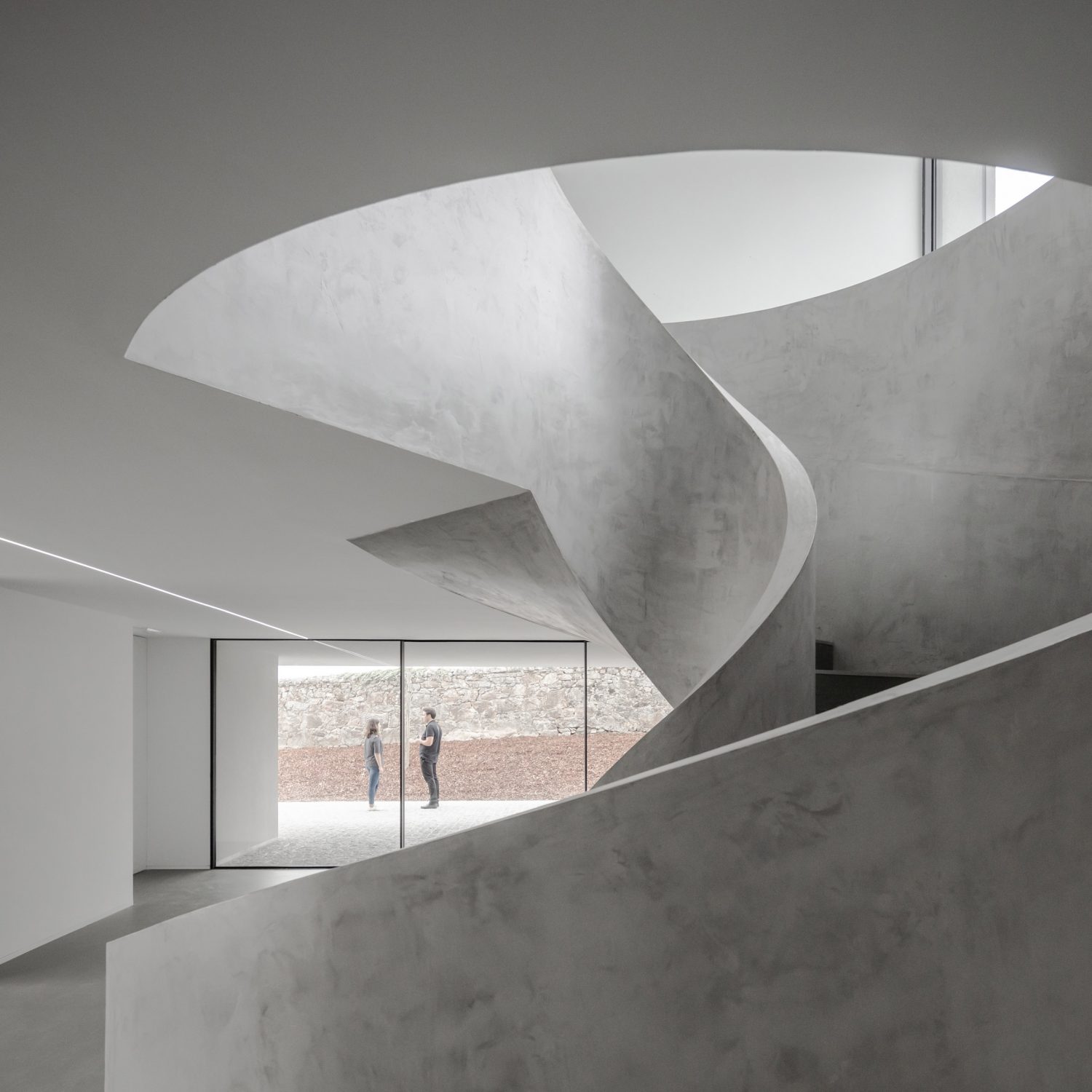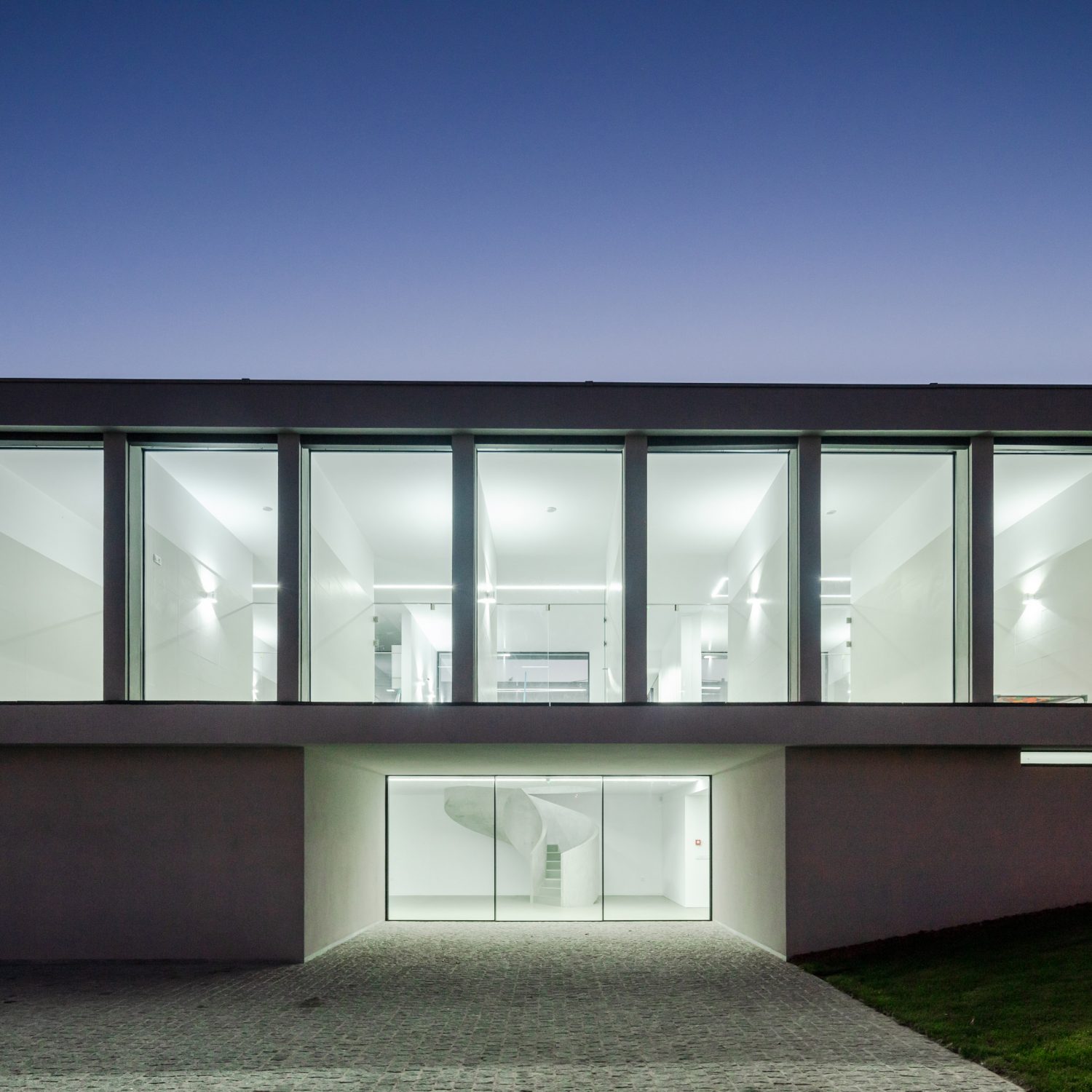MEET A TRULY MODEST PLACE TO LET YOUR FURRY FRIENDS RETREAT, THIS HOTEL IN PORTUGAL BY RAULINO SILVA ARQUITECTO IS DESIGNED SPECIFICALLY FOR YOUR LOVELY CANINES (DOGS) AND FELINES (CATS)
TEXT: PAPHOP KERDSUP
PHOTO: JOÃO MORGADO
(For Thai, press here)
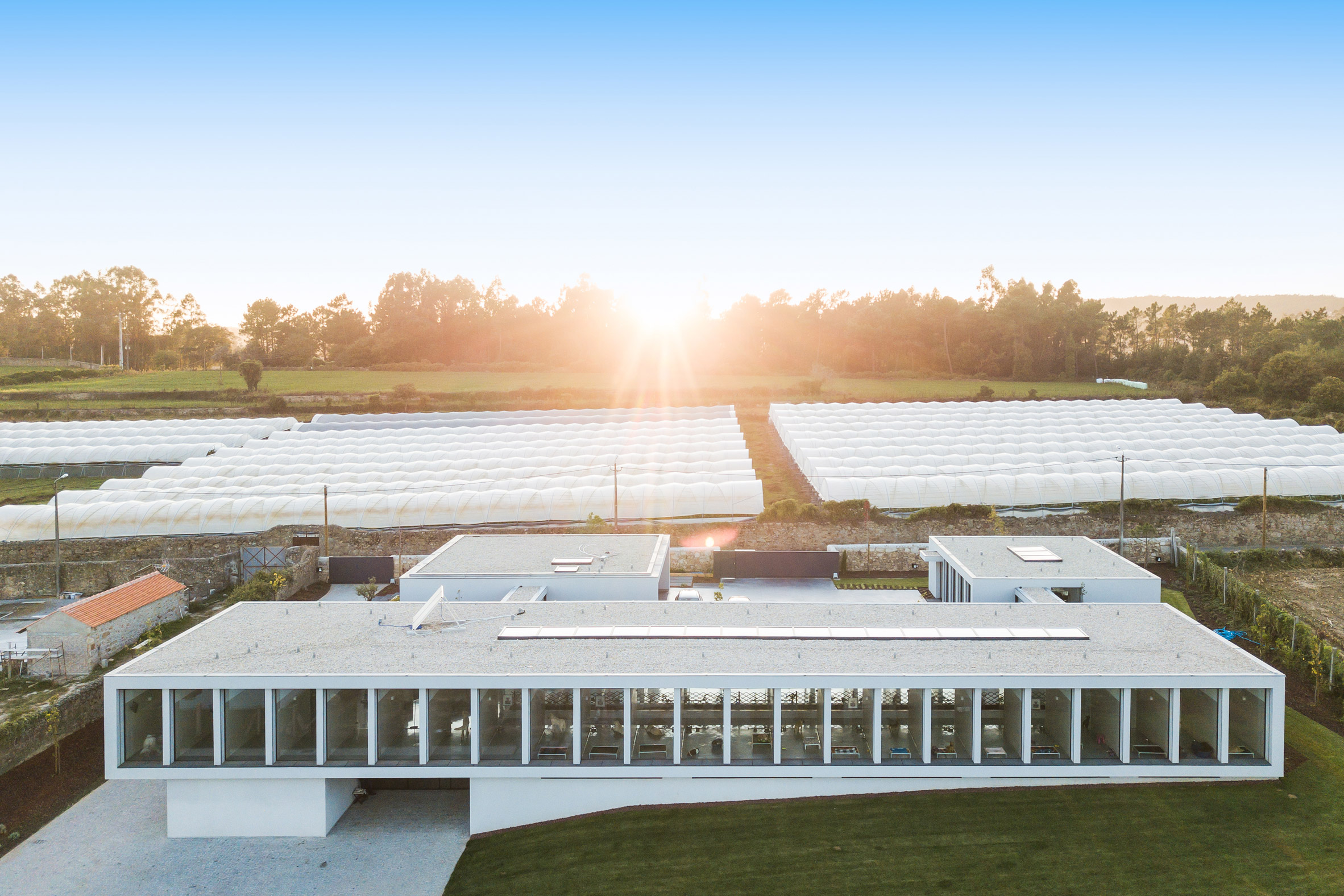

We have seem a growing number of accommodations explicitly created for pets especially in these past recent years. But there hasn’t been a hotel, whether in or outside of Thailand , that has achieved the scale and level of dedication like how Domi Canis Cattus (DDC) does. Located in Parada to the north of Portugal, Domi Canis Cattus (DDC) takes the standard of pet hotel to another level. While other establishments mostly consist of the cases where pet-related services are inserted into a building (which isn’t that big in terms of size most of the time), DDC on the other hand, redesigns its spatial program to fit the hotel’s functional requirements . Apart from the sizable 800-square-meter site, the project has the architect, Raulino Silva Arquitecto, in charge of the newly designed and constructed structures.
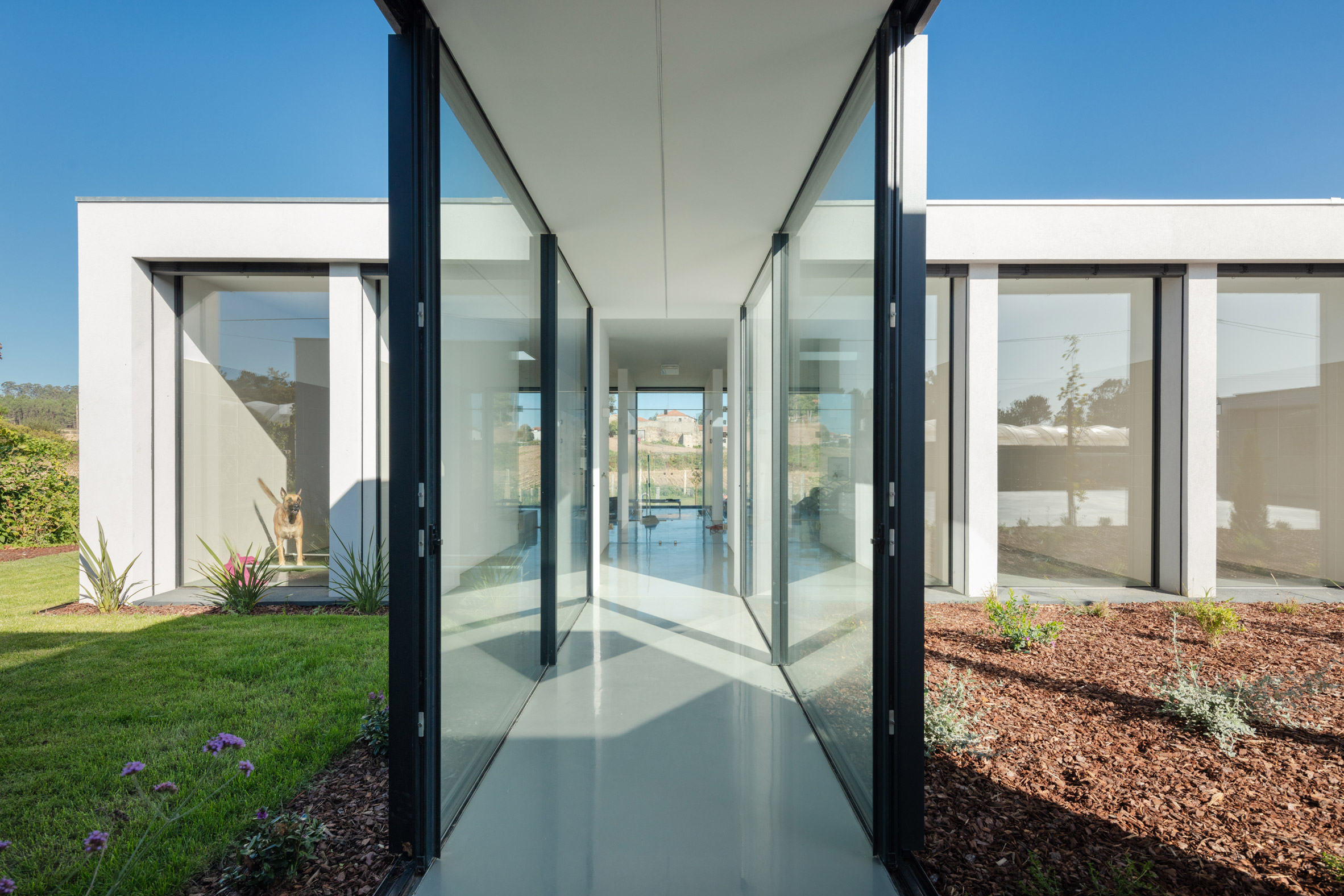
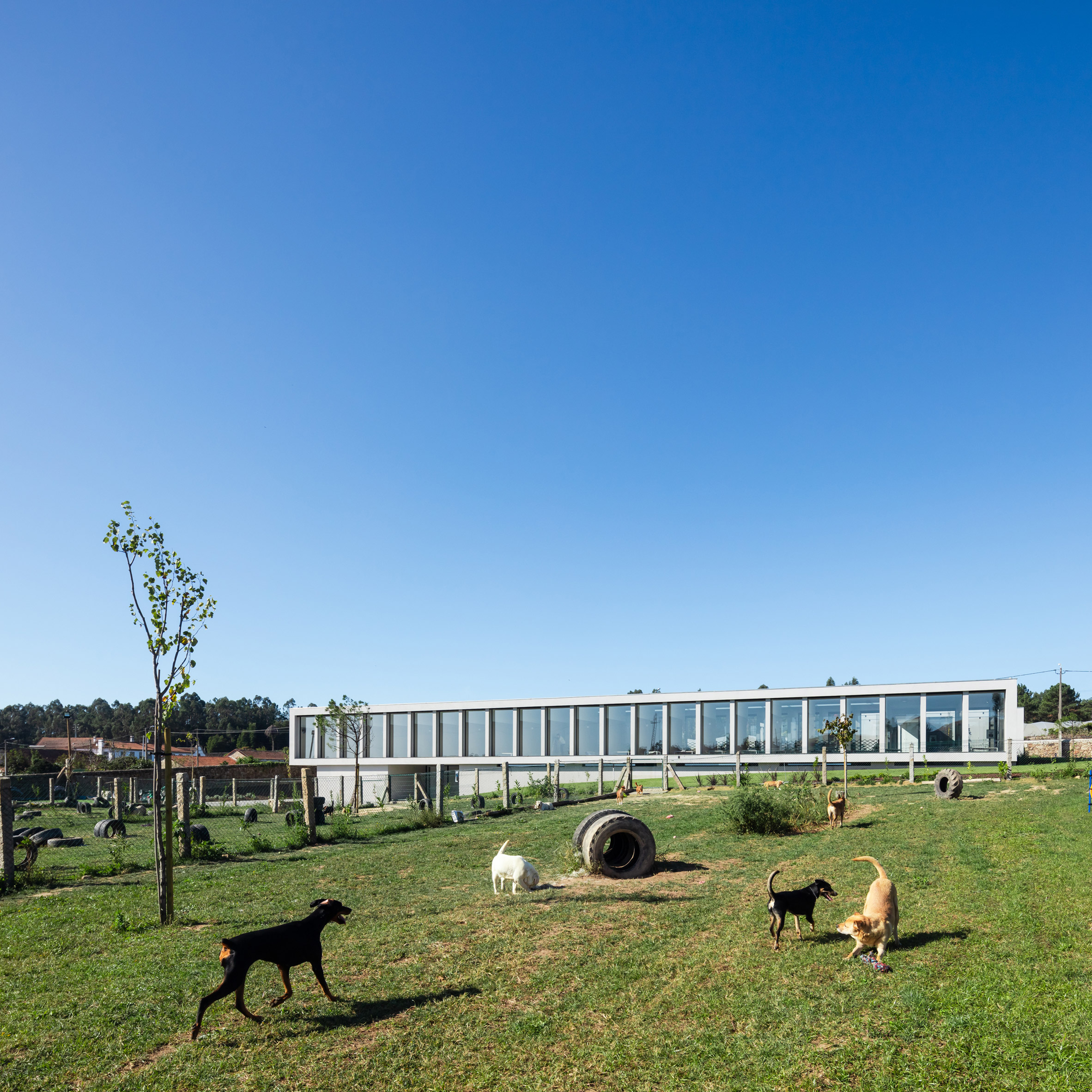
The hotel’s interior spaces encompass 41 rooms for dogs and 12 rooms for cats, separated in two quarters to keep the two species from any unnecessary encounters. Other services such as the pet shop, bath and grooming zone and a large outdoor exercise lawn (seemingly reserved for dogs only), the swimming pool, or the veterinary clinic are all included in the program, ensuring the big spender clientele that their beloved pets will stay happy during the time apart (we assume the nightly rate is going to be quite hefty). From the site’s 1,200 square meter area to the clean-looking, boxed-like architecture, it is almost indistinguishable whether the place is a pet hotel or an establishment for human users, and that is perhaps why Domi Canis Cattus (DDC) manages to attain a superior quality compared to other pet accommodations.
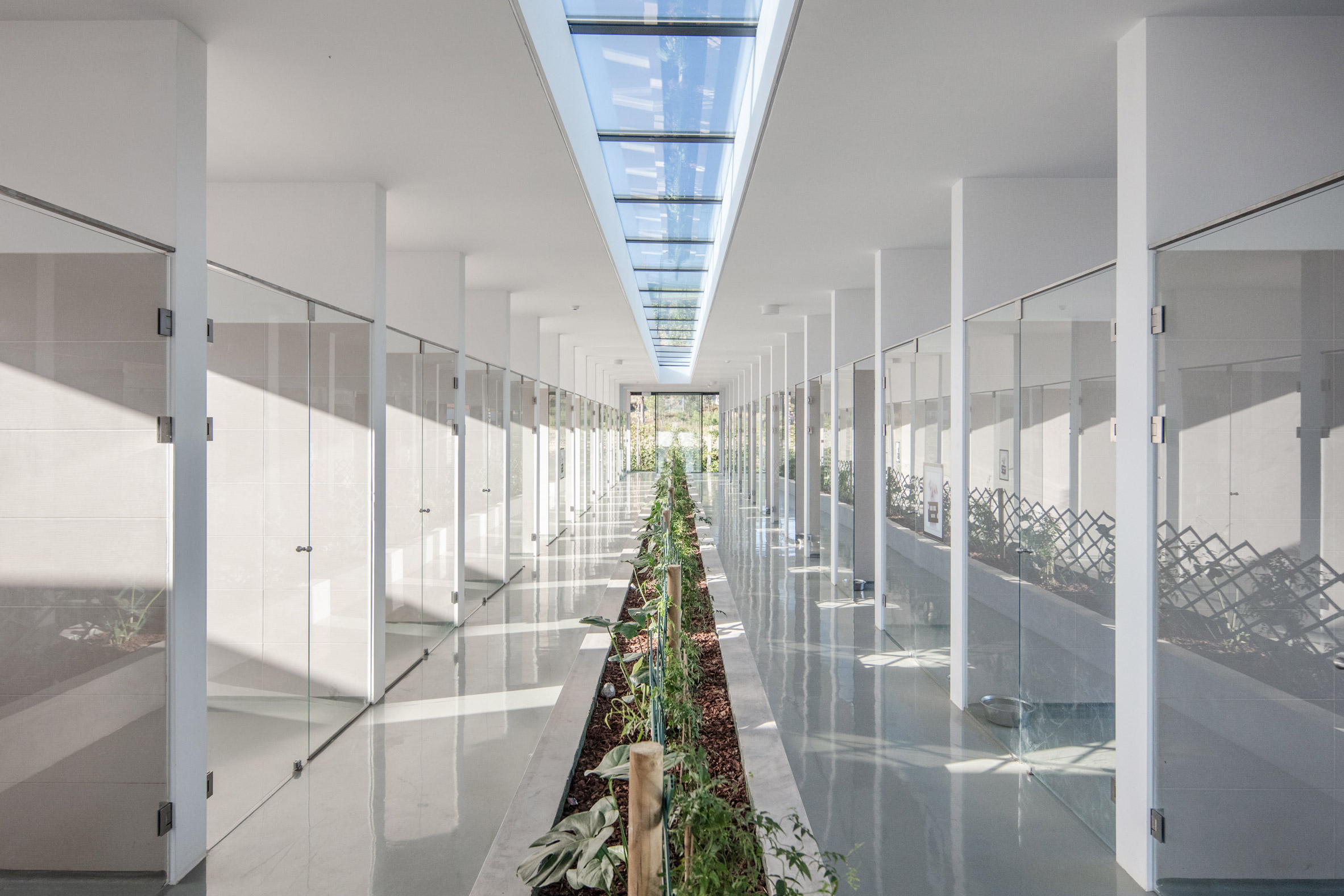
Skylight is one of the gimmicks added to the cat and dog quarters. The skylight runs through each building’s functional space, existing above the courtyard where small trees and natural light bring vivaciousness to the boxy structures. The trees growing inside the courts function as the natural green curtain that prevents guests staying in opposite rooms from seeing each other, cleverly minimizing the encounter between dogs and cats, and naturally reducing the noises and commotions they may cause.
The architectural elements ranging from the sculptural spiral staircase connecting the dog quarter, to the sizeable multipurpose space on the ground floor, the functional advantages from the difference in the site’s varying geographic levels, to the use of luxurious looking materials that are also easy to maintain, are indicative of the architect’s successful attempt to elevate this pet hotel to hold a more excellent standard. We cannot help but think that certain parts of the hotel are more correlated to the human scale than pet’s (which is understandable considering that it has to accommodate the human employees). Looking at Silva’s portfolio, most of the works are residential projects, and there’s barely any difference in terms of scale between the buildings they designed for humans and pets.
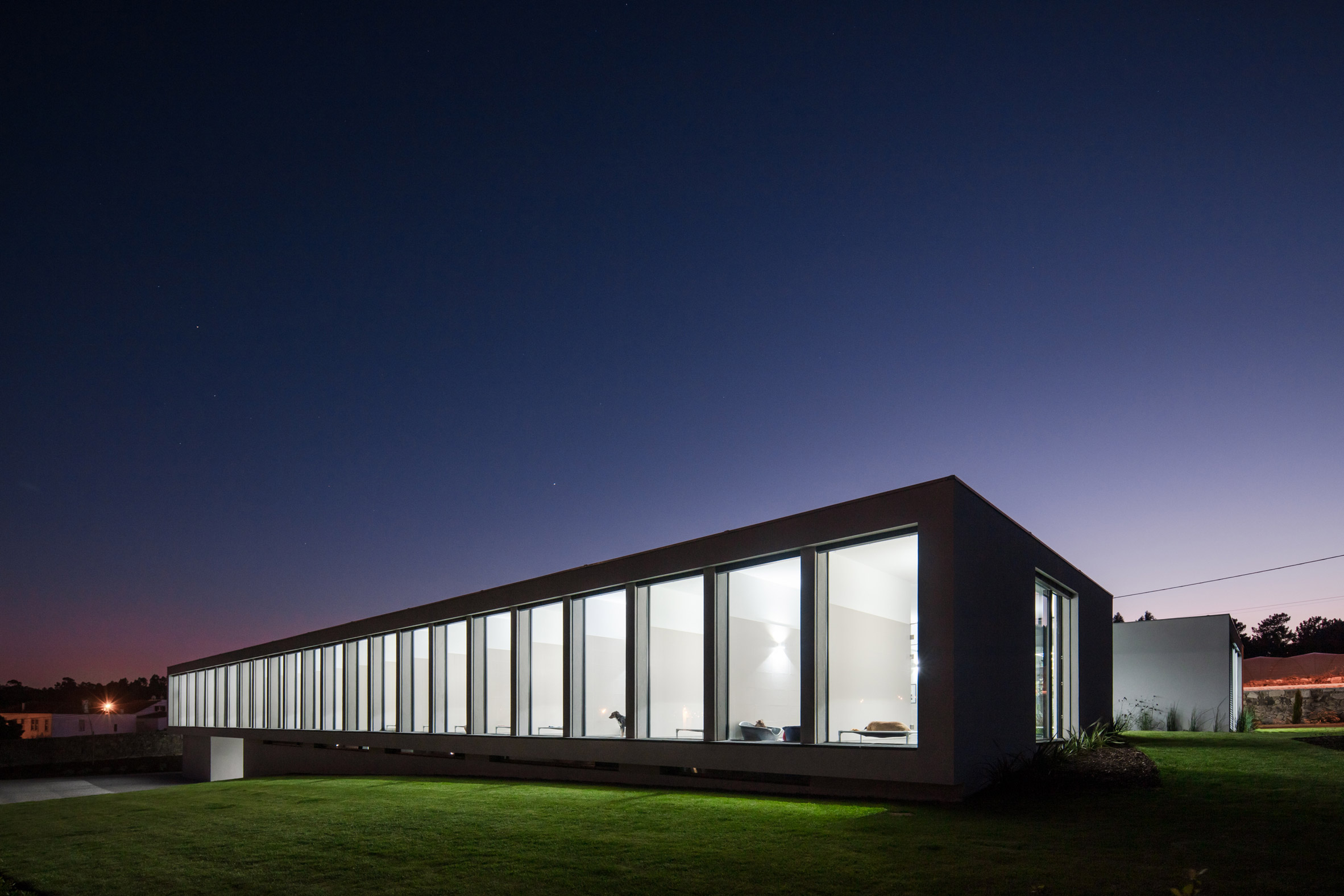

Nevertheless, Domi Canis Cattus is an exciting step in the possible role of architects, and the relationships they may have with other living creatures that coexist in this world. We’re excited and hopeful to see this type of architectural program where animals are the main users emerge with this extent of dedication in Thailand someday.


